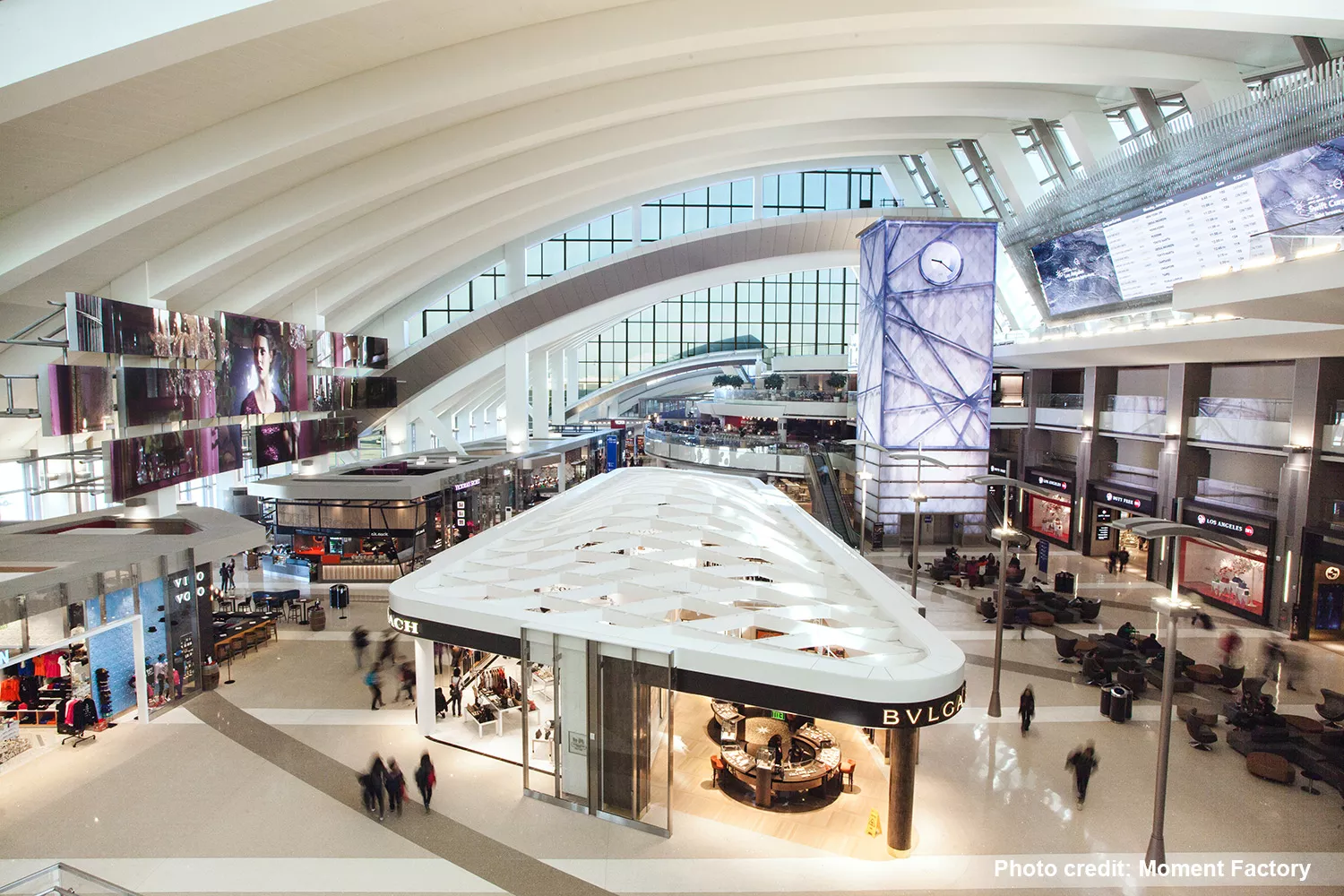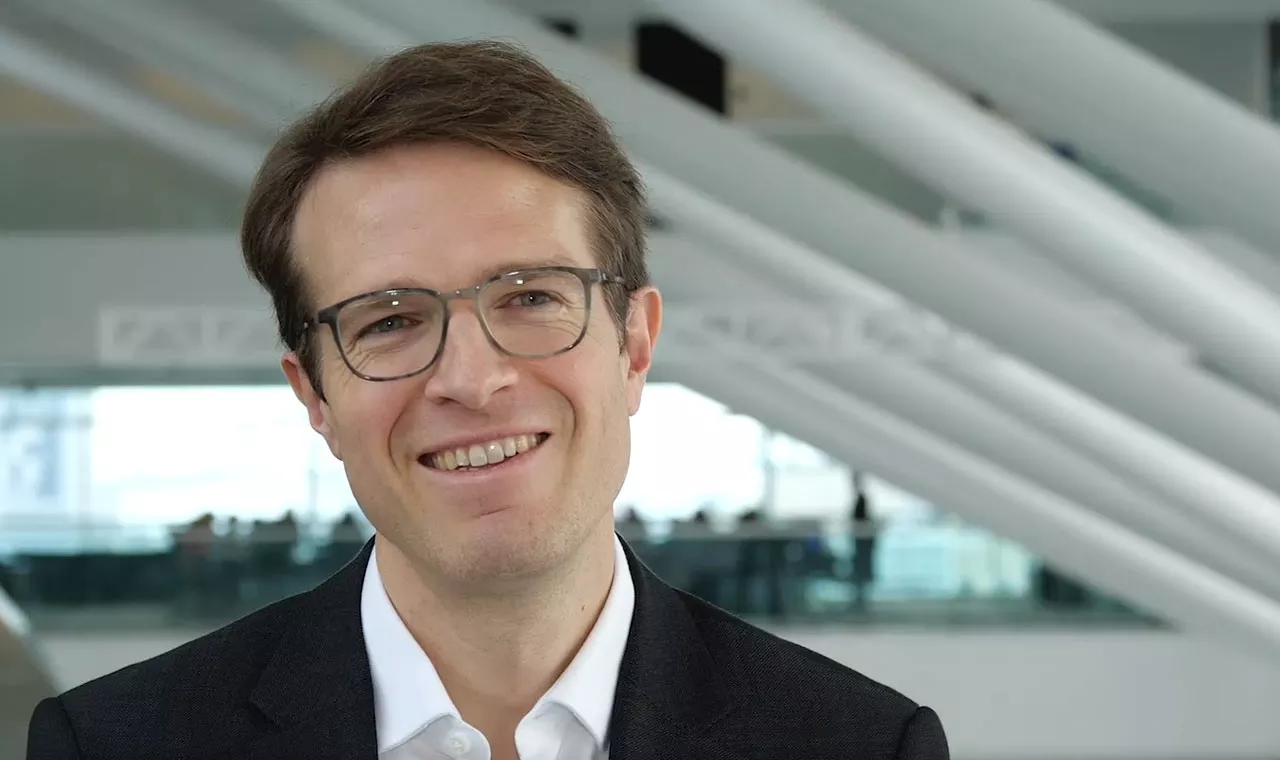Building on partnerships to shape the future of infrastructure
This Fall, CDPQ invited the leaders of its infrastructure portfolio companies to discuss trends that are disrupting the sector’s landscape, and how to navigate this period of transformation. Together, they examined how technology is enabling the energy transition and mobility, shared best practices from their own transformation initiatives, and explored new ways forward.
Read on for a summary of the conversations and examples shared.
ON MOBILITY
Infrastructure must be integrated to respond efficiently and seamlessly to public mobility needs.
In addition to speed and performance, the flow of passenger traffic is a key metric for transportation infrastructure. With the rising demand for mobility, asset operators are looking at deploying infrastructure comprehensively and integrating various modes of public transport to improve the passenger journey.
Major transportation asset operators are shifting their focus to journey planning and finding better, and environmentally responsible solutions for the passenger’s ‘last mile.’
During our discussion, SNCF, the French national public rail network owner and operator, shared its experience with the integration, through Keolis, of various informal modes of transportation, such as ridesharing services and pay-per-use scooters, with its operations. By including service providers that were perceived by customers as being part of a greater public transit network, the operator suggested benefits can range from reduced congestion, improved flow of passenger traffic, to a potentially lower carbon footprint for their customers’ final mile. Similarly, future users of the REM, Montreal’s new integrated public transit network, will have multimodal access to stations through active and shared services resulting in an easier, more enjoyable daily commute.
Integrated transportation infrastructure can generate many social and environmental benefits for the community. Heathrow Airport, one of Europe’s largest and busiest airports, combined passenger-centric systems, ridesharing and multiuser modes of transport into their operations model. By integrating services present in the urban environment, the airport acts as a unified transportation hub for travelers and citizens. Neighboring residents benefit from enhanced accessibility to local transportation, employment opportunities, reduced noise and air pollution, and more. From the operator’s perspective, integrated transportation infrastructure can foster greater workforce and community engagement and lower its carbon footprint, two factors that reinforce the airport’s social license to operate.
ON CREATIVITY AND INNOVATION
Together with our partners, we need to generate new ideas to deploy infrastructure and create value for business.
As part of the discussion on integrated infrastructure, Vertical Bridge, the largest private owner and operator of communications infrastructure in the U.S., cited partnerships that enabled players in the telecommunications sector to think outside of the box to widen the reach of their services. Traditional models where telecommunications companies aimed for complete control of networks are no longer viable. Through new forms of partnerships, there is an opportunity for carriers and management and operations (M&O) companies to share costs and deploy more infrastructure for communications networks, such as wireless and radio communications to remote communities.
To stimulate productivity and assist traditional infrastructure businesses to adapt to new technology, we invited members of the Montreal’s artificial intelligence (AI) business community to discuss best practices for AI governance with our portfolio companies. By examining current maturity levels in adopting and exploiting AI, we identified opportunities to advance to a more impactful use of this technology, potential barriers to progress and the capabilities needed in the short and medium terms. These innovative entrepreneurs assisted infrastructure businesses to think differently about their current challenges, which allowed them to gain insight into what is required to build a realistic plan that integrates AI with their operations and develop an informed strategy for the future.
A creative approach to infrastructure, which combines intricate light, multimedia, and digital storytelling, can bring infrastructure to life and shape a new experience for end users. Montreal’s multimedia studio, Moment Factory, creates immersive events to draw the public to engage with infrastructure in different ways. By giving access to a train station and section of underground track during construction through a temporary interactive installation, they stimulated community engagement for a new light-rail train project. Other such digital installations entertain travelers as they pass by portals animated to reflect the gate’s next destination at the Los Angeles International Airport, enhancing the overall travel experience.

ON ENERGY
The end-user’s experience with new technology must be at the heart of decisions to improve and adapt customer services.
Renewable energy sources are carving out an ever-growing space in the energy mix, and distributors are facing many constraints on their existing networks. They must improve grid reliability, ensure consistent supply, add connectivity, introduce storage options, and other infrastructure upgrades, all the while mitigating financial costs and performance impacts on customers.
Some energy companies have adjusted their service offering and branched out into other services to adapt to changing customer behaviour. Take for example Green Mountain Power, the largest electricity distributor in Vermont and subsidiary of Énergir, the leading natural gas distributor in Quebec, who has implemented clean battery technology directly in their customers’ homes. Their customers have an alternative solution in case of a power outage. Moreover, Green Mountain Power maintains close proximity with the end user and, having identified a new economic opportunity, plays an active role in supporting their customers’ transition towards renewable energy. Other examples include utilities who are investing in developing electric vehicle charging stations and integrated infrastructure.
Consumer behaviour will drive future demand, and there is an opportunity to redefine the role companies play in the communities they serve by focusing on customer experience.
*****
The infrastructure landscape is changing. As a long-term institutional investor, it is an area where CDPQ sees many opportunities to support its partners and portfolio companies. There is great potential for technology to accelerate both the energy transition and greater multimodal mobility, but it will also require a new way of thinking about infrastructure. Leaders will need to fuel innovation, leverage different approaches to respond effectively, and keep up with the fast pace of technological progress.


